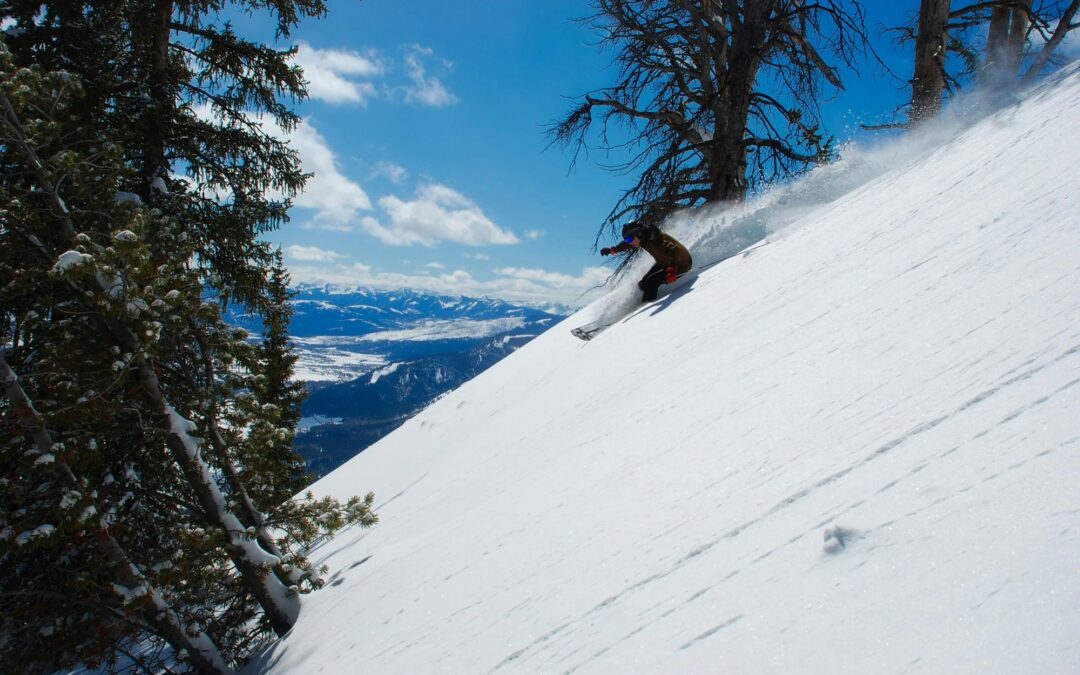Winter is here, and with it comes the thrill of skiing, snowboarding, and other snowy adventures. But before you hit the slopes, it’s important to be aware of the potential for injuries. Winter sports, while exhilarating, come with their own set of risks.
In this article, we’ll explore some of the most common winter sports injuries, discuss how to treat them, and provide valuable tips on how to prevent them in the first place. Let’s ensure you have a safe and enjoyable winter season.
Common Winter Sports Injuries
- Sprains and Strains: These are the most frequent injuries, often affecting the knee and ankle. Skiing and snowboarding involve twisting and turning, which can put stress on joints, leading to ligament sprains or muscle strains.
- Fractures: Collisions, falls, and awkward landings can result in bone fractures. Wrists, ankles, and collarbones are particularly vulnerable.
- Head Injuries: Skiing and snowboarding carry the risk of head injuries, especially concussions. These can occur due to falls or collisions with other skiers, trees, or obstacles.
- Knee Injuries: The knee is a complex joint that bears a lot of stress during winter sports. ACL tears, MCL tears, and meniscus injuries are common among skiers and snowboarders.
- Shoulder Injuries: Falls onto an outstretched arm or direct impacts can lead to shoulder dislocations or rotator cuff tears.
Treatment for Winter Sports Injuries
The treatment for winter sports injuries varies depending on the type and severity of the injury. However, some general principles apply:
- R.I.C.E.: For sprains and strains, remember the acronym R.I.C.E. – Rest, Ice, Compression, and Elevation. This helps reduce inflammation and pain. Chrisofix® offers a range of orthoses that can aid in compression and immobilization during the healing process. For example, a sprained thumb can benefit from the Chrisofix® Thumb orthosis – Skier’s thumb.
- Immobilization: Fractures often require immobilization with a cast or splint to allow the bone to heal. Chrisofix® splints are a lightweight and breathable alternative to traditional plaster casts, while providing effective immobilization. Thumb orthoses, wrist-hand orthoses, and wrist-thumb orthoses may be indicated to treat your injury.
- Medications: Pain relievers and anti-inflammatory drugs can help manage pain and swelling.
- Physical Therapy: Rehabilitation exercises are crucial for regaining strength, flexibility, and range of motion after an injury.
- Surgery: In some cases, surgery may be necessary to repair severe injuries, such as ligament tears or complex fractures.
Preventing Winter Sports Injuries
Prevention is always better than cure. Here are some essential tips to minimize your risk of winter sports injuries:
- Warm-up: Always warm up your muscles before hitting the slopes. Cold muscles are more prone to injuries.
- Proper Equipment: Use well-maintained equipment that fits properly. This includes skis, snowboards, boots, bindings, and helmets.
- Know Your Limits: Ski or snowboard on slopes that match your skill level. Don’t attempt challenging terrain until you’re ready.
- Ski with a Buddy: Never ski or snowboard alone. In case of an accident, having someone with you can be crucial.
- Stay Hydrated: Dehydration can impair your judgment and reaction time, increasing your risk of accidents.
- Obey the Rules: Follow the rules of the slopes, including speed limits and designated trails.
- Wear a Helmet: Helmets are essential for protecting your head from serious injury.
- Take Lessons: If you’re new to winter sports, consider taking lessons from a qualified instructor.
By following these tips and taking necessary precautions, you can significantly reduce your risk of injuries and enjoy a safe and memorable winter sports season. Remember, safety first!
Disclaimer: This blog post is intended for informational purposes only and should not be considered medical advice. Always consult with a healthcare professional for diagnosis and treatment of any injuries.

